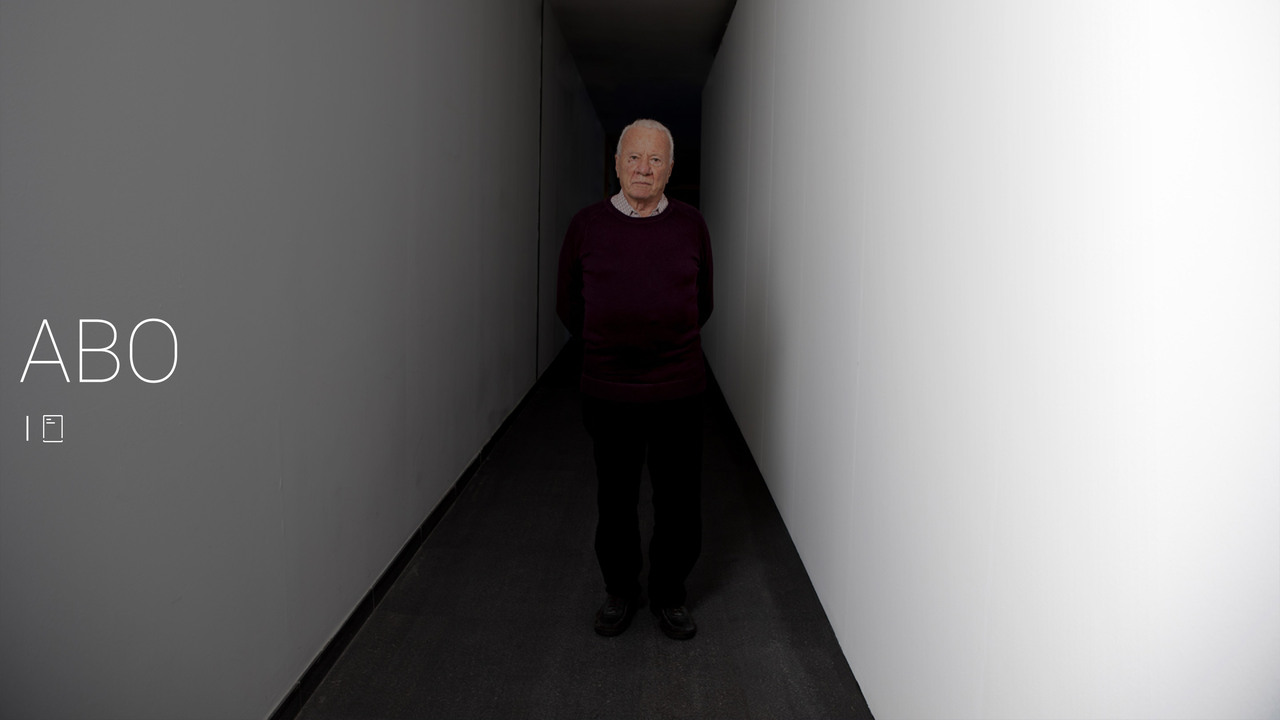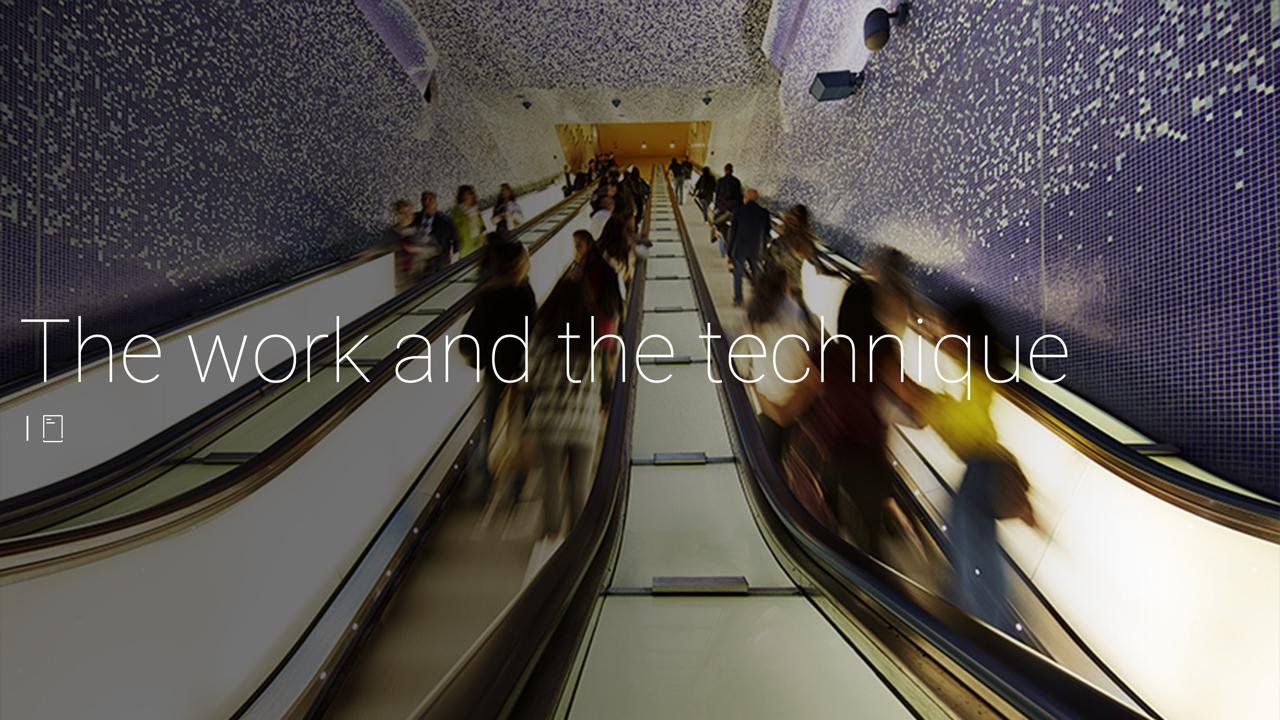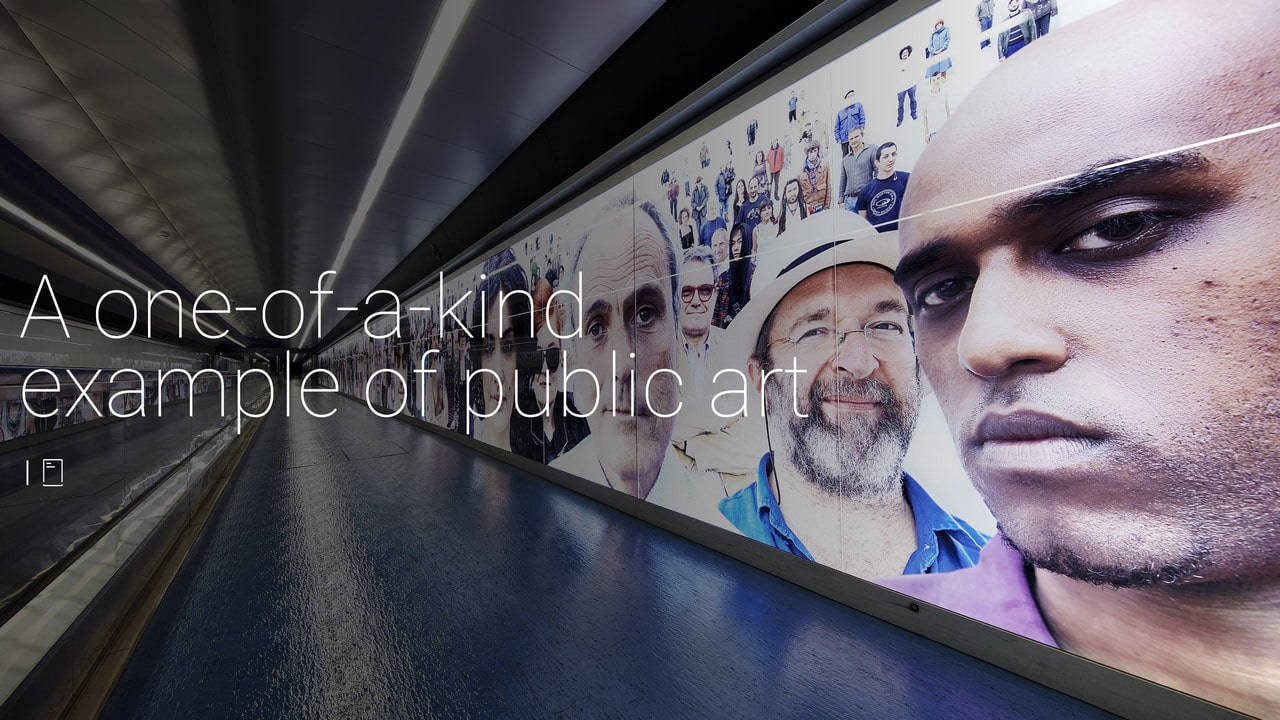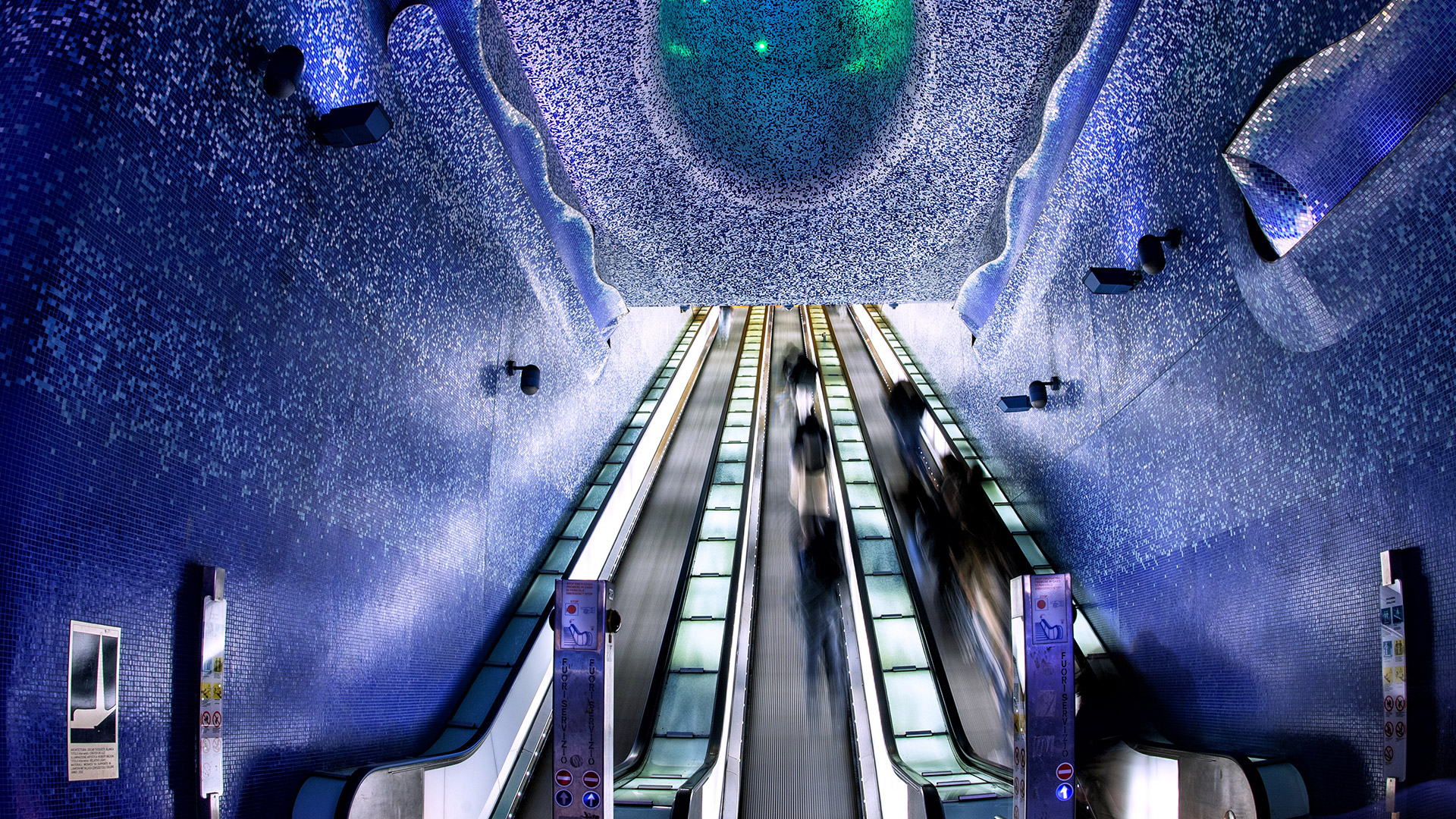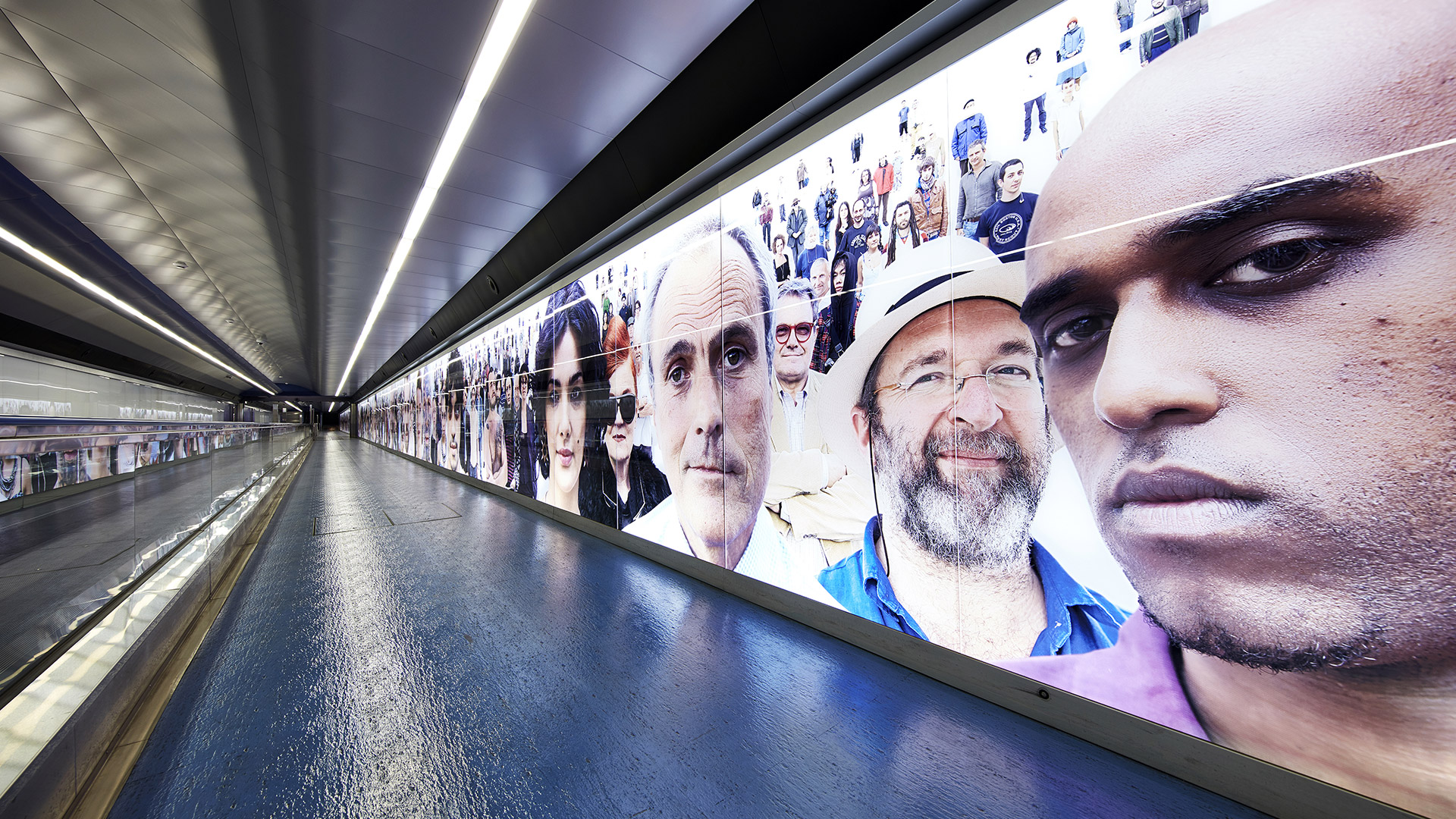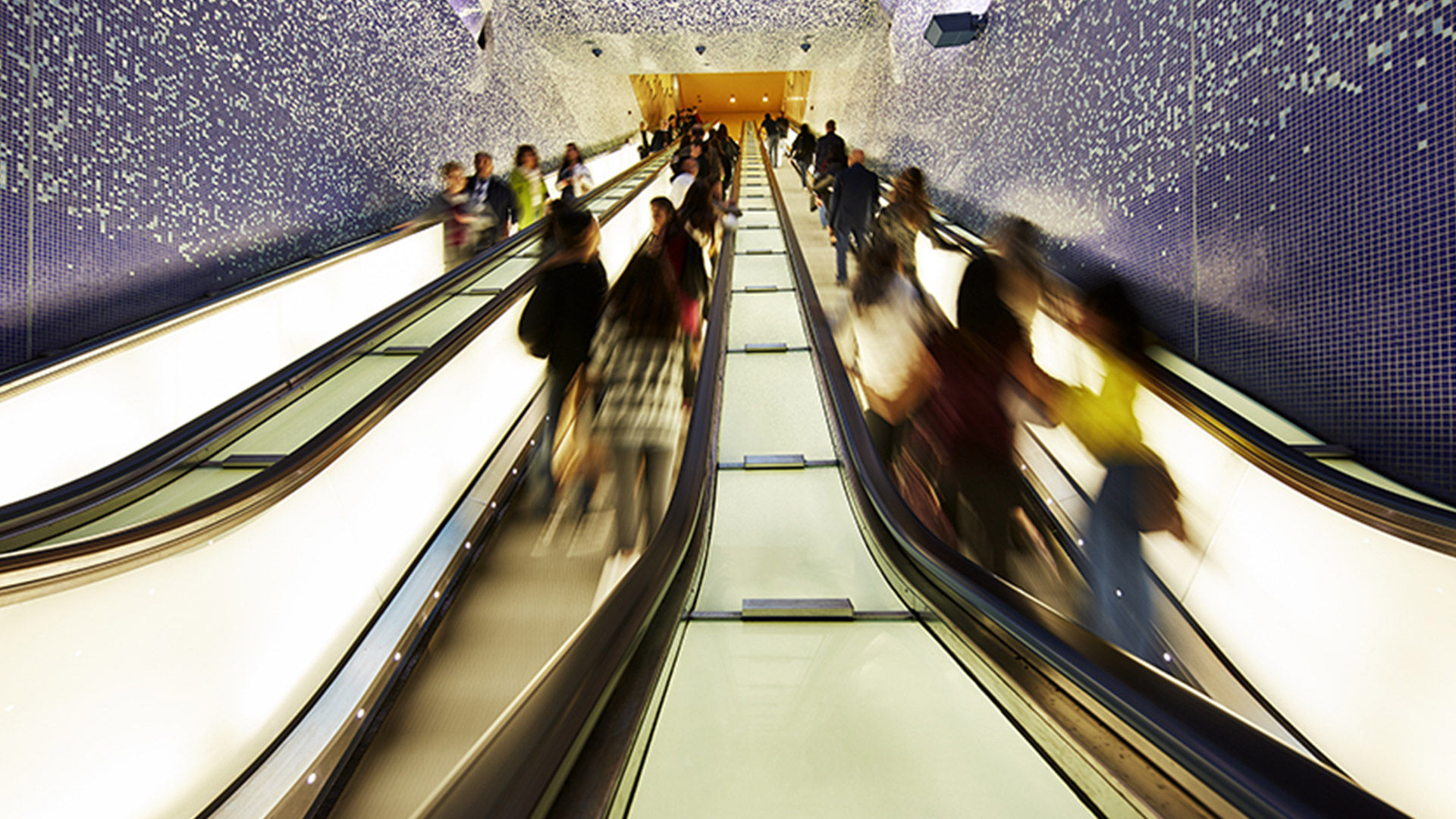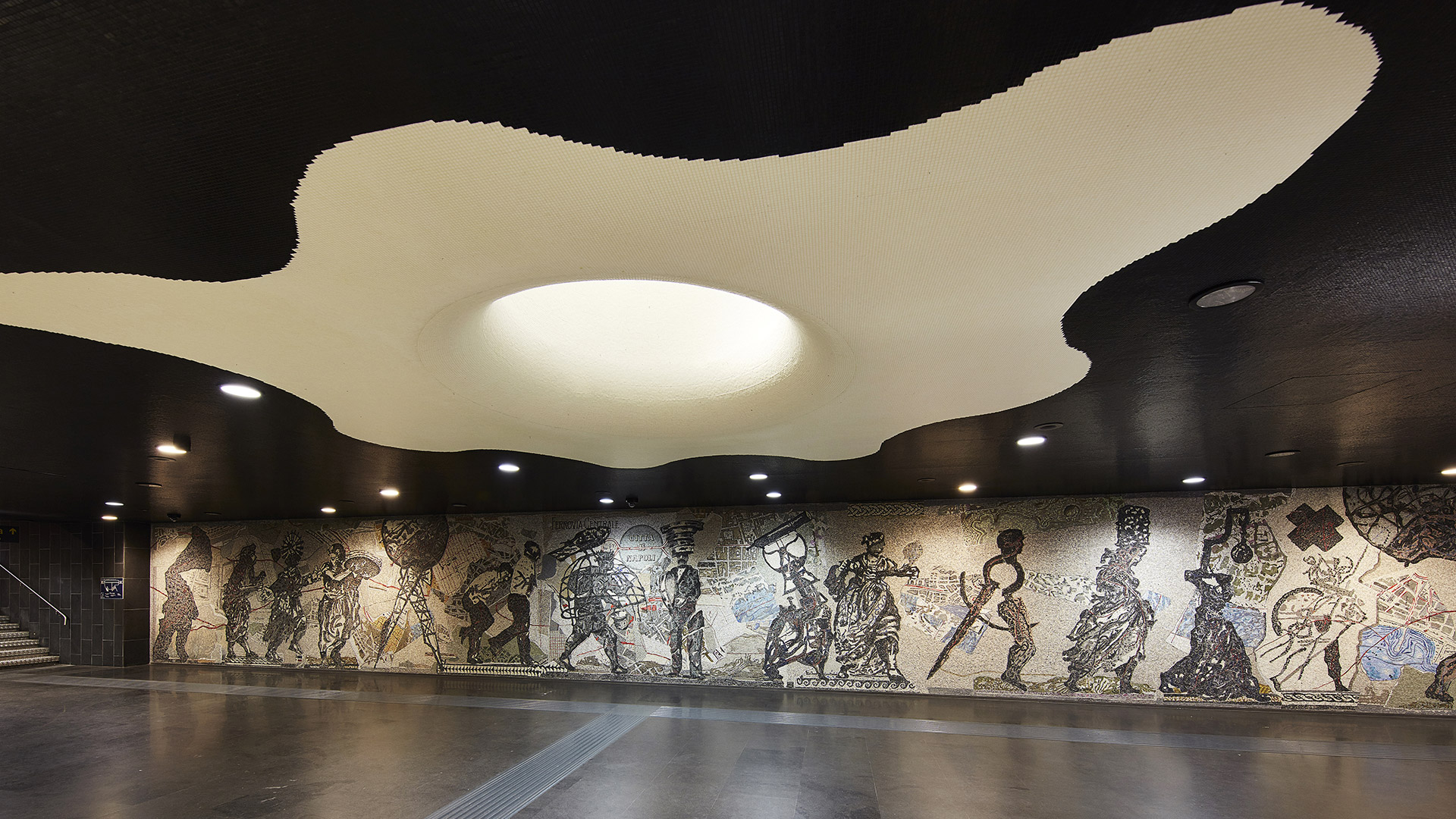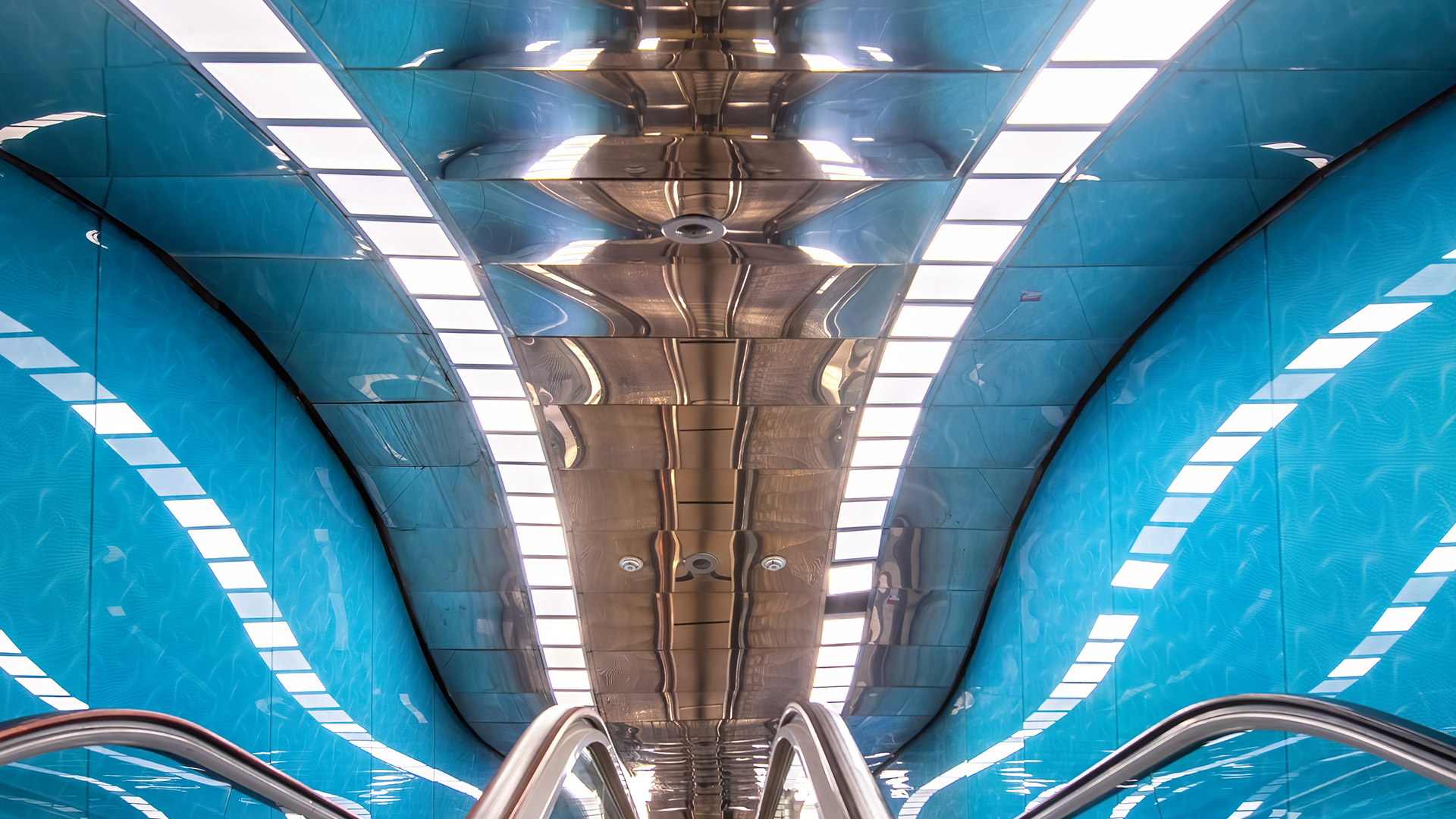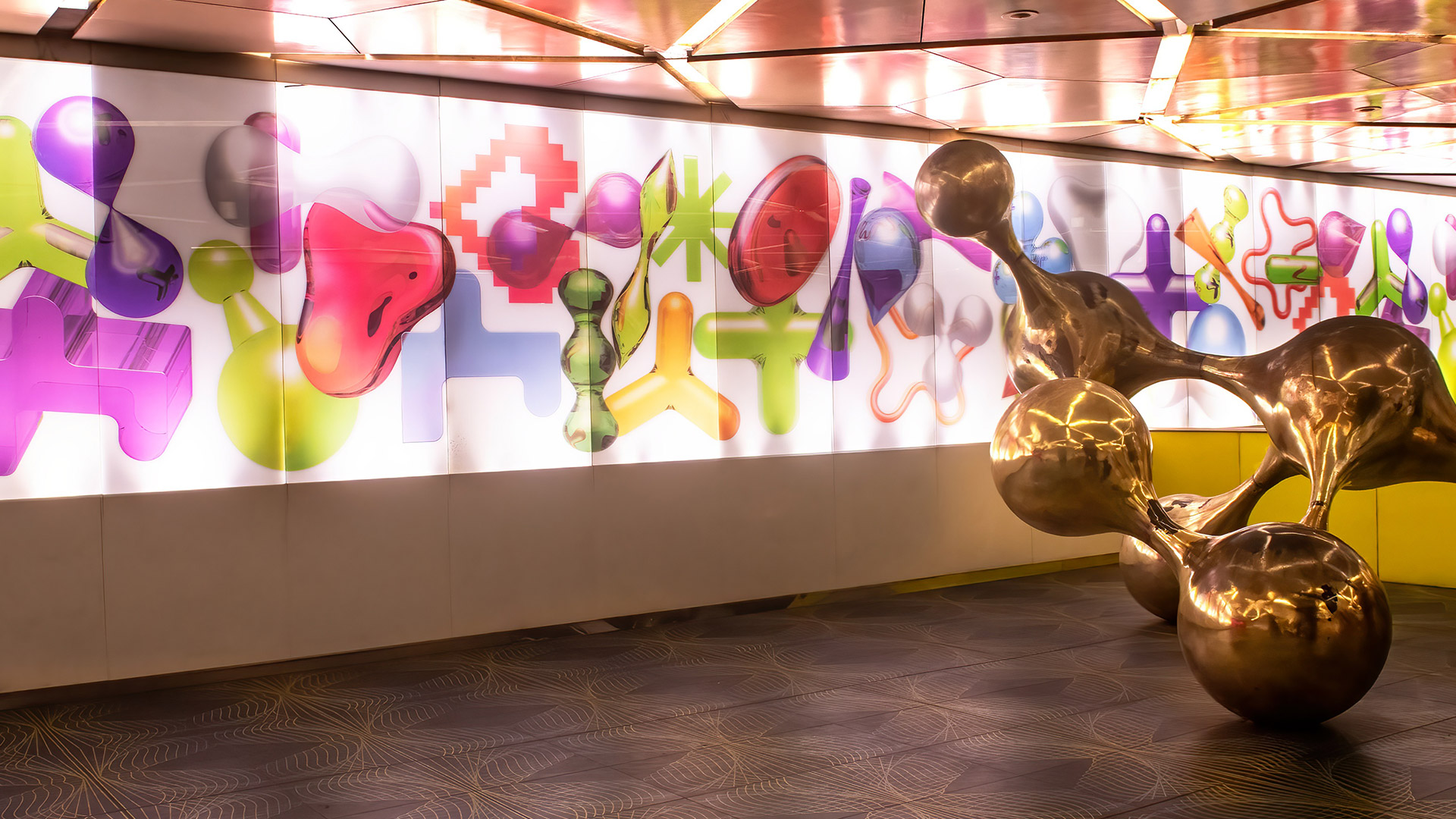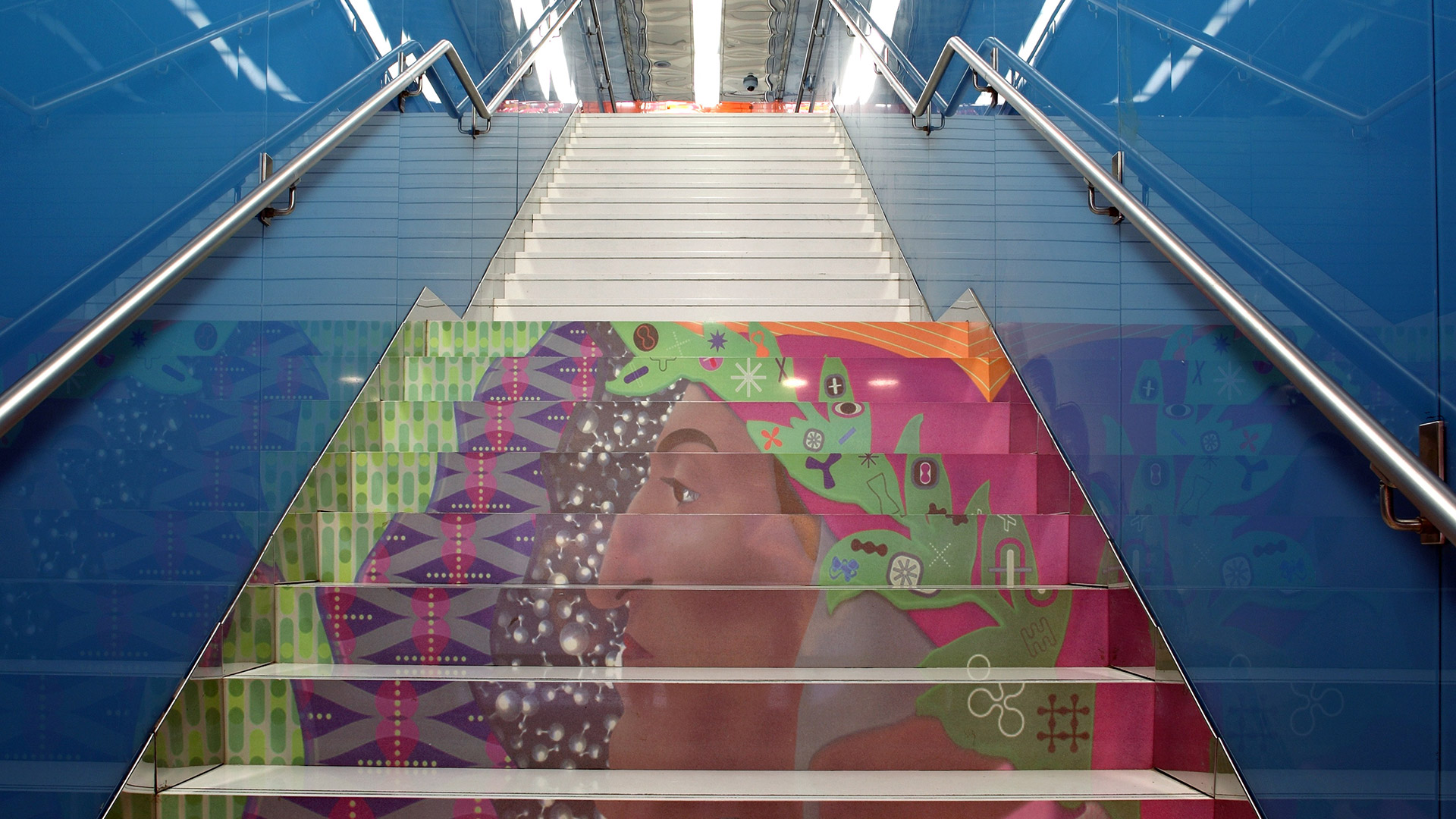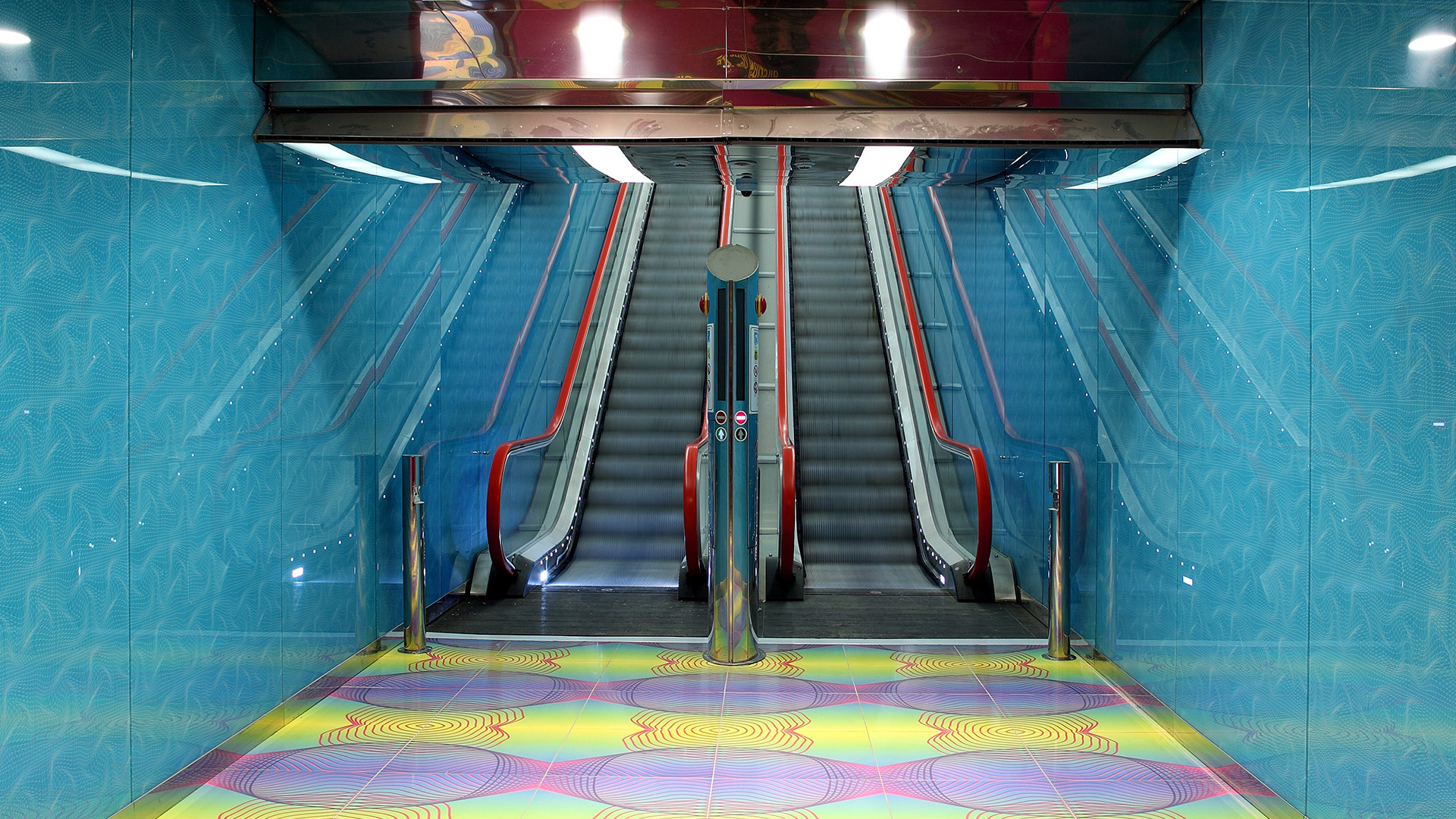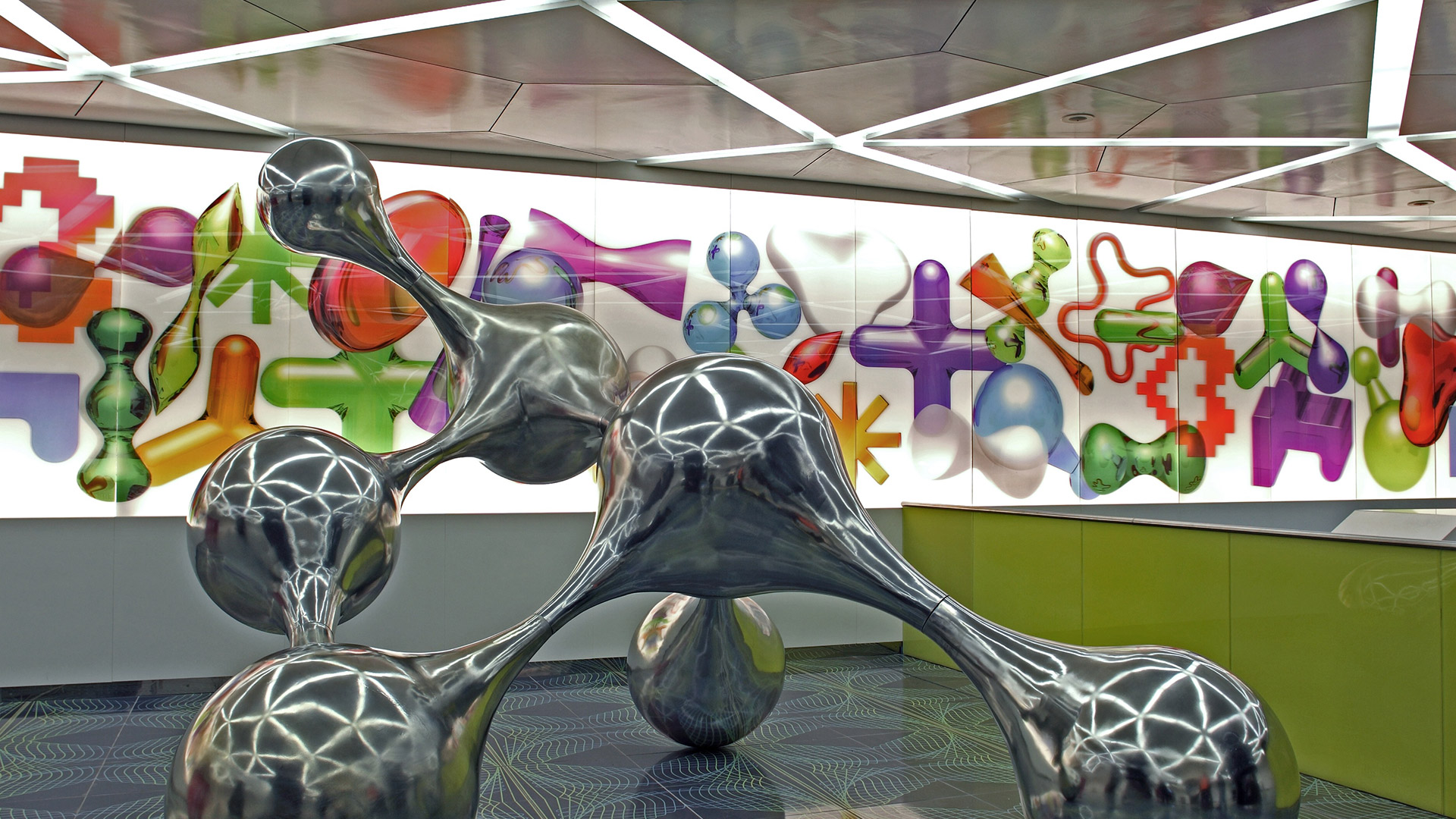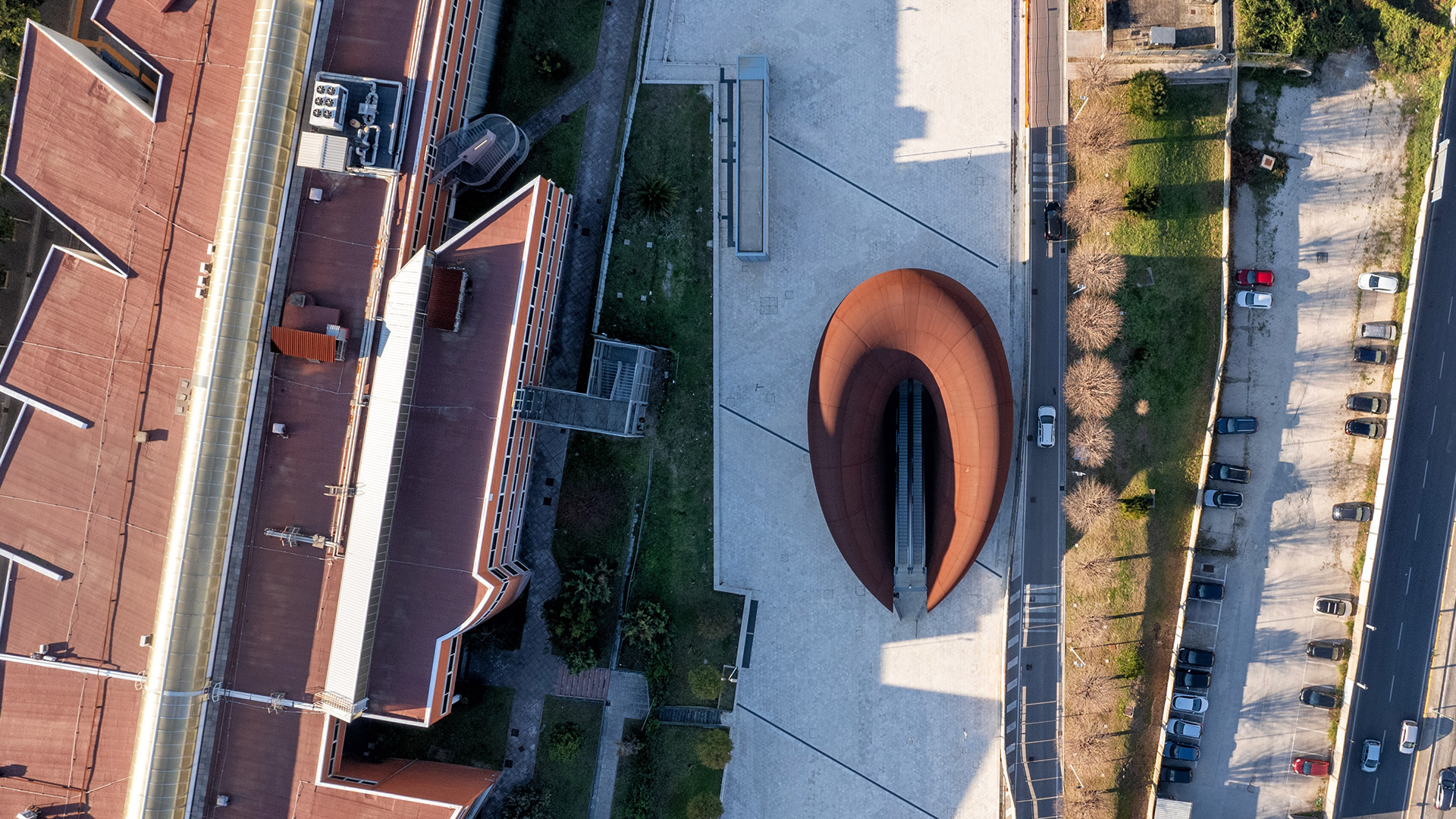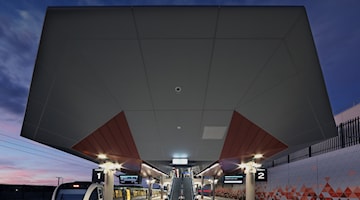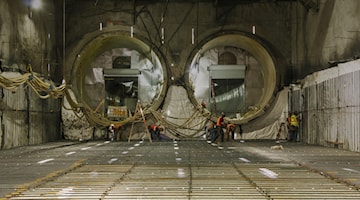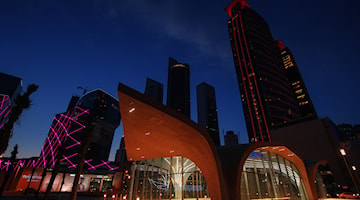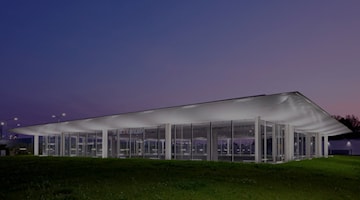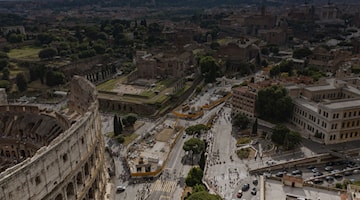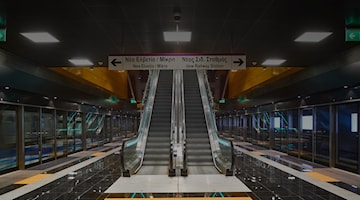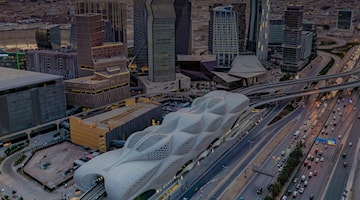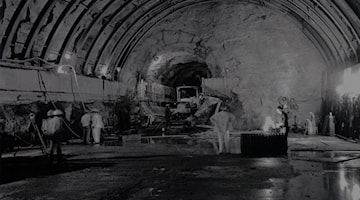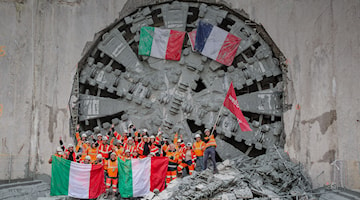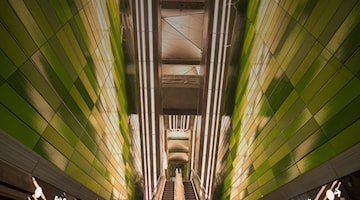The most beautiful metro network in the world
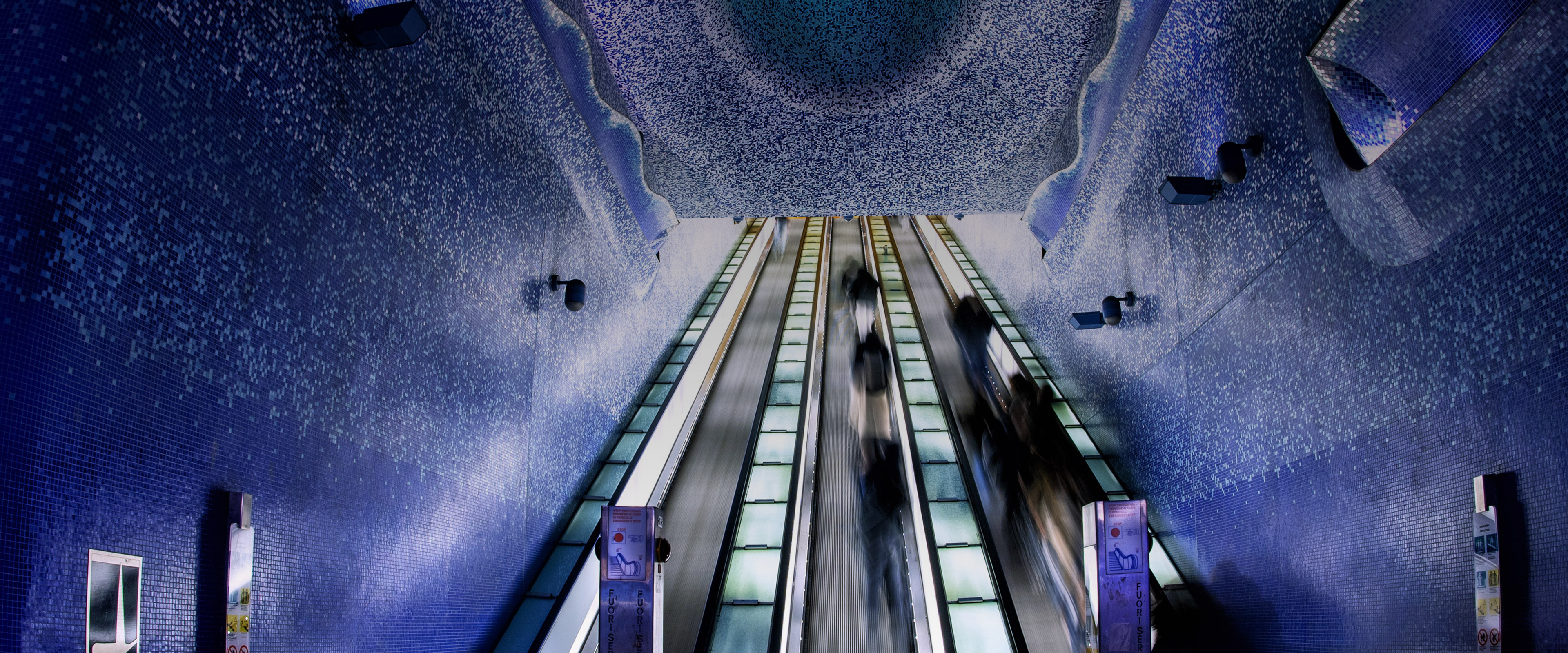
NAPLES METRO - ART STATIONS, ITALY
“See Naples and then die..”.From the legend of its witch, Raziella, to Goethe’s Italian Journey, to the films of Eugenio Perega, Riccardo Freda and Enrico Caria, the ‘smania ‘e turnà’ - the hustle and bustle - is a permanent fixture that plunges its claws into anyone who sets foot on Neapolitan soil. And not only because of the countless beauties and treasures - both modern and ancient - to be admired in its spectacular squares and alleyways, but also for those waiting to be discovered underground. Burrows, tunnels, aqueducts, quarries, cisterns, catacombs and the remains of ancient dwellings paint a vast and sprawling picture of the city’s history from prehistoric times to the Roman era, all the way to World War II - and indeed, even to the present day, given the presence of its truly unique metro stations unlike anything else in the world: a fully fledged museum partly located above ground, partly hidden deep in the belly of a city that is nothing short of extraordinary. This is the Art Stations project, originally conceived in the late 1990s thanks to the intuition of the city administration, the late Brianza-born engineer Giannegidio Silva, and the genius loci observed by Achille Bonito Oliva, artistic coordinator of a project that has filled the stations of the Naples metro with site-specific works of contemporary art, in a selection process involving the architects behind each individual station (notably including two Pritzker Prize winners, Alvaro Siza and Souto de Moura), and the network now boasts a total of around 250 pieces on display, created by 100 artists of different ages and nationalities.
Several of these stations were built by the Webuild Group and are located along Lines 1, 6 and 7. They include Toledo, Università, Dante, Materdei, Museo, San Pasquale, Monte Sant’Angelo and Capodichino (currently under construction): a vast urban museum, a visionary and forward-thinking project designed to pass on to future generations an artistic legacy as priceless as the one inherited from those who came before us. Among the artists who contributed to this major project are Karim Rashid (Università), Oscar Tusquets Blanca (Toledo), Bordi Podrecca (San Pasquale), Anish Kapoor (Monte Sant’Angelo). One particularly striking example is Toledo Station, transformed by the Catalan architect into a sort of enveloping underwater seabed scene where the (natural) light is softer and more rarefied, home to a light installation by Robert Wilson and the mosaic by William Kentridge depicting day-to-day life in Naples - both past and present - through his iconic black maquettes, which are intermingled with a multitude of finds unearthed during the station’s construction: ancient Greek walls and a stretch of the Roman road of ancient Neapolis. “I am leaving. I shall not forget Via Toledo, nor any other of the parts of Naples; to my eyes this city has no equal and is the most beautiful city in the universe”, said Stendhal of his visit to the area in 1817.

THE WORK AND THE TECHNIQUE
ART STATIONS
M EXCAVATION DEPTH CAPODICHINO STATION
M EXCAVATION DEPTH MONTE SANT’ANGELO STATION
M EXCAVATION DEPTH TOLEDO STATION
City of Naples and Metropolitana di Napoli S.p.A.
Webuild in cooperation with other companies, split into different lots
Awards
TOLEDO STATION
2013 - Emirates Glass LEAF International Award, category: ‘Public Building of the Year’
2015 - ITA International Tunnelling Award, category: ‘Tunnelling Project of the Year’
UNIVERSITÀ STATION
2011 - Emirates Glass LEAF International Award, special mention
The Art Stations in Naples form part of an urban mobility system that now comprises three interconnected underground lines. A common goal shared by all the works was urban regeneration

CULTURAL INSIGHTS
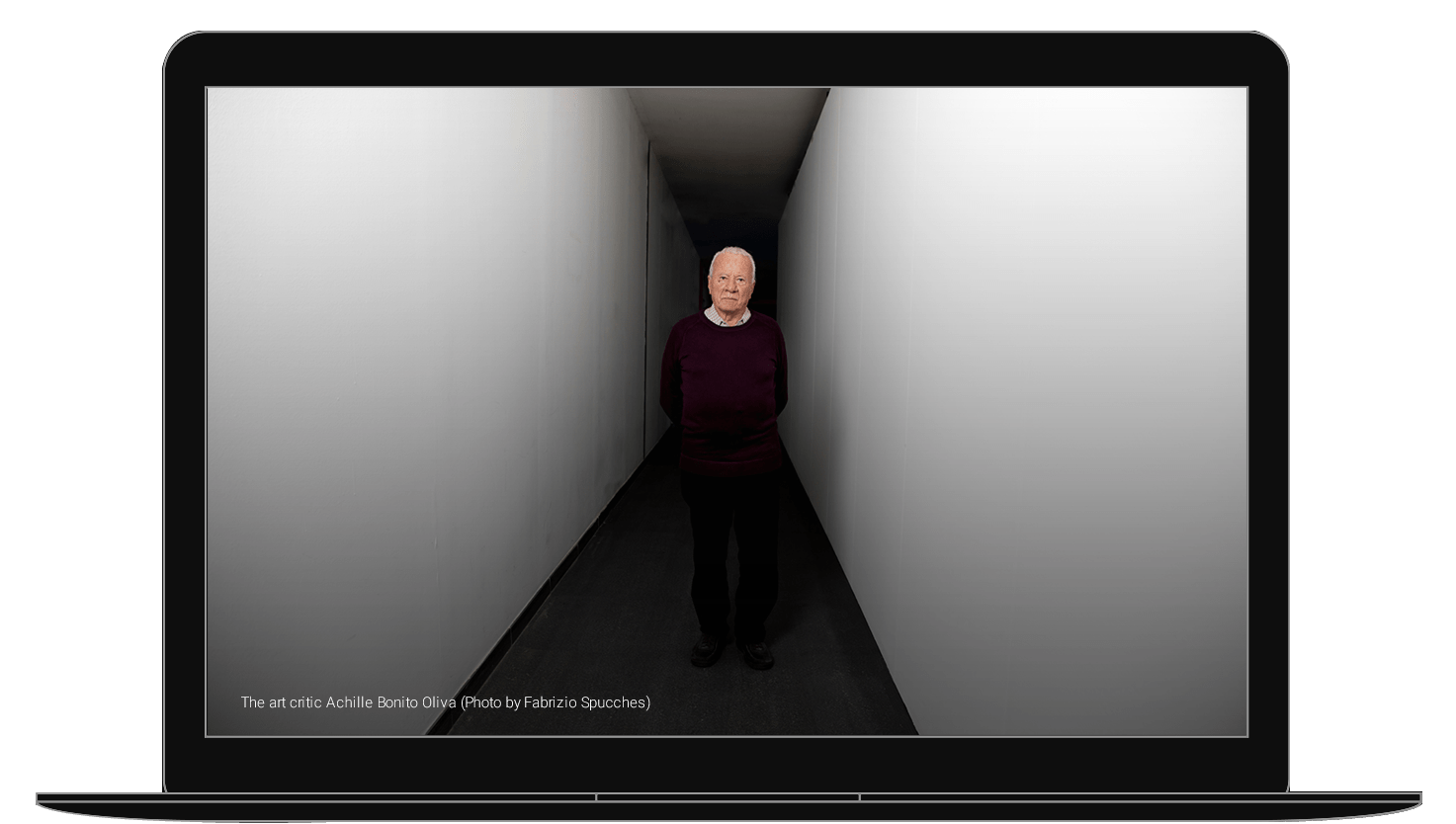
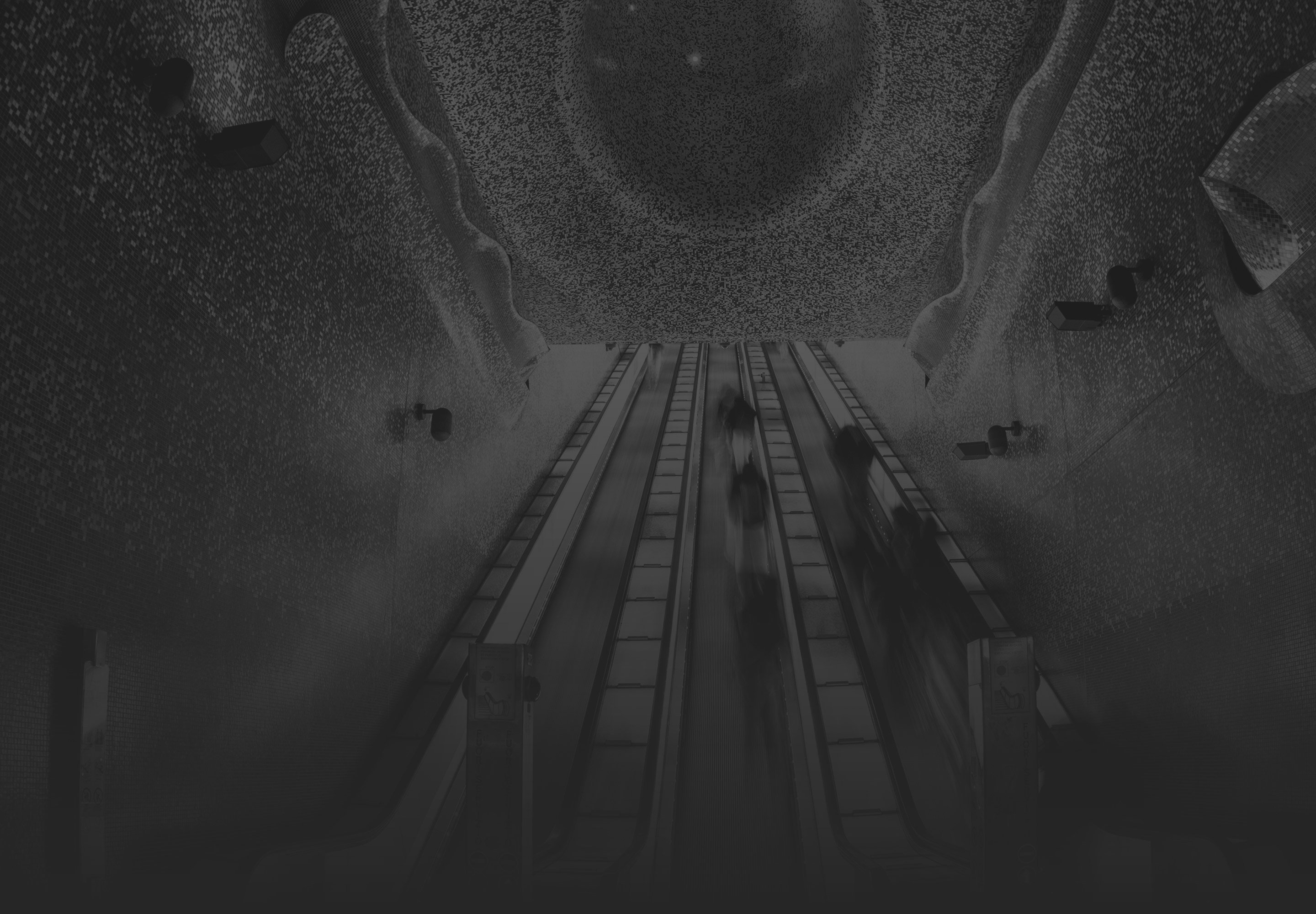
A one-of-a-kind example of public art
A one-of-a-kind example of public artThe Art Stations in Naples are a truly unique Italian example of public art, being recognised internationally as the most accomplished and successful product of great architecture meeting infrastructure design and contemporary art. The entire metro line is the region’s largest single infrastructure project, with an overall cost of 4 billion Euros. Carrying 44,5 million users every year, including 1.33 million tourists, the network links the city’s various suburban lines, which serve the 3 million people living in the metropolitan area of the Naples.
Of the 23 stations currently active across Lines 1, 2 and 6, the Art Stations were the ones most specifically geared towards redeveloping public mobility sites in order to improve the quality of life and transportation in Naples (inspiring a mutual respect: Naples has the least vandalised metro network in Europe), as well as provide better visibility of and access to contemporary art by reaching a wider, more diverse audience than traditional museums.
In 2017 — the only year for which the data was collected — the stations were visited by approximately 176,000 people, while guided tours and educational activities organised by Azienda Napoletana Mobilità reached over 15,000 participants. In many cases, the construction of the stations also served as an opportunity to redesign the urban landscape and revitalise surrounding areas, earning prestigious international recognition."





